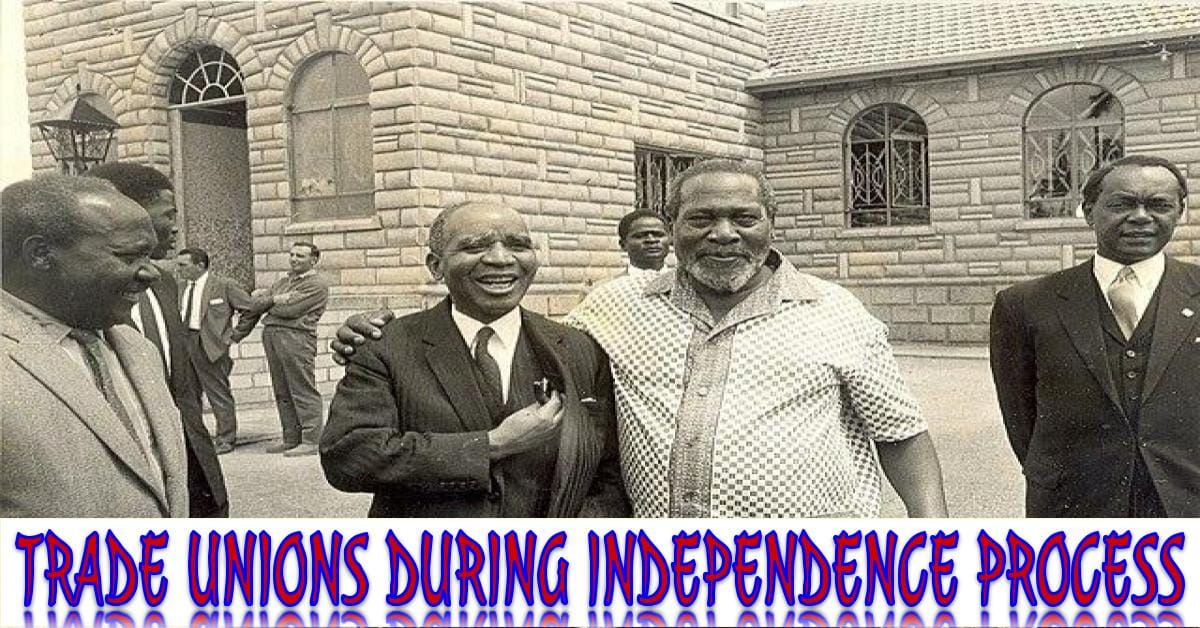🚂 The Uganda Railway Construction: History & Impact
A deep dive into East Africa’s colonial transport infrastructure
📅 Construction Timeline
- 🎯 1896: Construction begins in Mombasa
- 🏙️ 1899: Reaches Nairobi
- 🌊 1901: Reaches Kisumu (Port Florence)
- 🛤️ 1914-1930: Feeder lines constructed (see branches below)
- 🤝 1948: Merged with Tanganyika network to form East African Railways
🛤️ Feeder Line Expansion
Nairobi–Thika
Konza–Magadi
Voi–Moshi
Rongai–Solai
Eldoret–Kitale
Eldoret–Jinja
Gilgil–Nyahururu
Thika–Nanyuki
Kisumu–Butere
⚠️ Construction Challenges
African labor was insufficient, leading to forced recruitment of Akamba and Maasai people.
European workers frequently fell ill due to unsuitable interior climate conditions.
Mbaruk Rashid’s uprising at the coast delayed construction.
Lions terrorized workers, causing deaths and construction delays.
Rift Valley’s rugged hills and escarpments posed engineering challenges.
Building materials imported from Europe often arrived late.
✨ Socio-Economic Impacts
Nairobi and other towns developed along the railway line
European agriculture expanded to justify railway costs
Maasai and Nandi communities displaced into reserves
New employment opportunities in railway and settler farms
Administration moved from Mombasa to Nairobi (1905)
Roads and telecommunication lines developed alongside
Enabled Christian missions to establish schools inland
Became major revenue source for colonial authorities
🔍 Did You Know?
- The railway changed administrative boundaries – Western Kenya up to Naivasha was originally part of Uganda
- Asian settlement increased as many Indian workers remained after construction
- The “Lunatic Express” nickname reflected contemporary doubts about the project’s viability
- Construction cost approximately £5.5 million (equivalent to ~£700 million today)
The Uganda Railway fundamentally transformed East Africa’s economic and social landscape during the colonial era.
UNLOCKED SELF-ASSESSMENT TEST ON TOPIC
Oops! Unlock More Access Rights:
If you find that you are not subscribed, consider upgrading your account or subscribing to the necessary plan to gain access.
Related Tutorials
- Key South African Nationalists and the Liberation StruggleSouth African Nationalists Key South African Nationalists and the Liberation Struggle Prominent Nationalist Leaders Nelson…
- Key South African Nationalists🧭 Table of Contents Key South African Nationalists 1. Key Figures of South African Nationalism Nelson…
- Nationalism in South Africa: Self Assessment TestUpgrade or Subscribe Oops! Unlock More Access Rights: If you find that you are not…
- Nationalism in South Africa🌍 Nationalism in South Africa The development of nationalism in South Africa was uniquely complex…
- Mozambique Nationalism: Self-Assessment TestMozambique Nationalism Quiz Mozambique Nationalism Quiz 🇲🇿 Test your knowledge about Mozambique’s journey to independence….
- Nationalism in Mozambique: The Long Road to Independence🇲🇿 Nationalism in Mozambique: The Long Road to Independence Mozambique was among the last African…
- Unlock Self-Assessment Test: EMERGENCE AND GROWTH OF NATIONALISM IN AFRICAUpgrade or Subscribe Oops! Unlock More Access Rights: If you find that you are not…
- EMERGENCE AND GROWTH OF NATIONALISM IN AFRICA🌍 EMERGENCE AND GROWTH OF NATIONALISM IN AFRICA Key Factors for the Rise of Nationalism…
- Self-Assessment Test: Constitutional Changes in Kenya Leading to IndependenceKenya Constitutional Changes Self-Assessment Kenya Constitutional Changes Self-Assessment Test your knowledge about Kenya’s journey to…
- Constitutional Changes in Kenya Leading to Independence📜 Constitutional Changes Leading to Kenyan Independence 🇰🇪 The Journey to African Representation in the…
- Women in Kenya’s Independence Struggle👩💼 Women in Kenya’s Independence Struggle A Comprehensive Tutorial on Female Heroes of Freedom 🌟…
- Kenya Federation of Labour🇰🇪 Kenya Federation of Labour 🏛️ History, Achievements, and Role in Kenya’s Independence Struggle 📜…
- The Trade-Union Movement in Kenya🇰🇪 The Trade-Union Movement in Kenya 📜 A journey through the history of workers’ rights…
- Kenya African Democratic Union (KADU)🇰🇪 Kenya African Democratic Union (KADU) 🇰🇪 Safeguarding Minority Interests in Kenya’s Independence Struggle 1960-1964…
- African People’s Party (APP)🏛️ African People’s Party (APP) 📚 Kenya’s Political History Tutorial 1 📖 Introduction & Overview…










